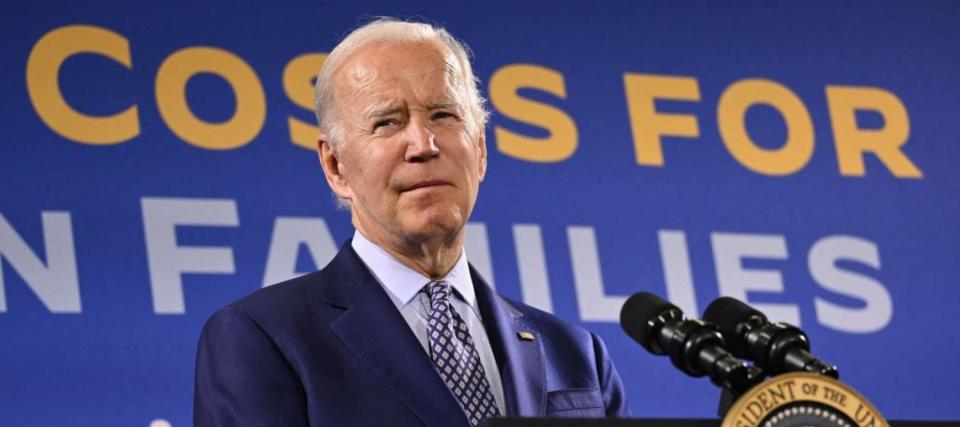President Biden unveils student debt forgiveness scheme for Americans facing ‘hardship’ — just weeks after canceling another $5 billion in student debt. Does this plan stand a chance?

President Joe Biden is not backing down in his quest to free Americans from their student debt shackles.
Just weeks after canceling almost $5 billion in student loan debt for thousands of public servants and low-income borrowers, the Biden Administration has announced a new proposal to expand forgiveness to those facing financial “hardship.”
Don’t miss
Commercial real estate has beaten the stock market for 25 years — but only the super rich could buy in. Here’s how even ordinary investors can become the landlord of Walmart, Whole Foods or Kroger
Inflation is still white-hot in 2024 — use these 3 'real assets’ to protect your wealth today, no matter what the US Fed does or says
Anything can happen in 2024. Try these 5 easy money hacks to help you make and save thousands of dollars in the new year (they will only take seconds)
This could be one of President Biden’s biggest student debt cancelation moves yet — as alluded to by the Department of Education under secretary James Kvaal, who said the plan is to “give breathing room to as many student loan borrowers as possible.”
Here’s who stands to benefit.
“Hardship” proposal
In the wake of the Supreme Court’s decision to stamp down his original student debt relief plan last summer, President Biden has unveiled a string of targeted debt cancelation programs for specific groups of Americans.
This latest plan could have a very significant impact, depending on how the Department of Education chooses to define financial “hardship.”
In the proposed regulatory text — which is due for a debate in a rulemaking session on Feb. 22 and 23 — several factors are outlined that could be used to identify “hardship,” such as:
A borrower’s relative loan balance and payments compared to their total income;
If a borrower has high-cost burdens for essential expenses like health care or child care;
Borrowers who have seen their loans grow larger because of snowballing interest; and
If a borrower is considered highly likely to be in default in two years.
The text also specifies that the U.S. Secretary of Education may consider other factors to determine if borrowers are experiencing a type of hardship that would qualify for debt relief, but it does not elaborate on what those additional factors may be.
As a result, the White House could not give an estimate for how many Americans might be eligible for relief if this regulation is approved.
Read more: Thanks to Jeff Bezos, you can now cash in on prime real estate — without the headache of being a landlord. Here's how
$4.9 billion debt wiped out
This drive for a fresh batch of student debt relief comes shortly after Washington canceled another $4.9 billion in student loan debt for an additional 73,600 borrowers.
That debt relief was made possible through fixes to the income-driven repayment (IDR) forgiveness and Public Service Loan Forgiveness (PSLF) — programs President Biden described as “broken” and “preventing borrowers from getting relief they were entitled to under the law.”
It will wipe out $3.2 billion of student debt held by 43,900 teachers, nurses, firefighters and other people who have given 10 years of public service. It will also cancel $1.7 billion in debt held by 29,700 borrowers who have been in repayment for at least 20 years but never got the relief they earned through income-driven repayment plans.
So far, the Biden-Harris administration has forgiven $136.6 billion in student loans for more than 3.7 million Americans. That total could balloon if this “hardship” proposal is passed — but it will need to make it through the rulemaking process and any legal challenges before any additional relief could be dished out.
What to read next
Rich young Americans have lost confidence in the stock market — and are betting on these 3 assets instead. Get in now for strong long-term tailwinds
Robert Kiyosaki warns 401(k)s and IRAs will be 'toast' after the 'biggest crash in history' — protect yourself now with these shockproof assets
Credit card debt under inflation's shadow: The 4 potent weapons you need to have for a strong financial resurgence
This article provides information only and should not be construed as advice. It is provided without warranty of any kind.